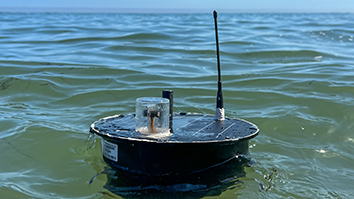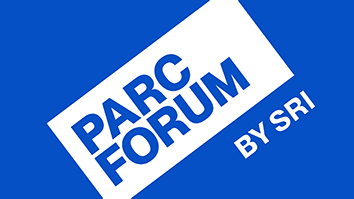Citation
Green M.L., Karp P.D. The Outcomes of Pathway Database Computations Depend on Pathway Ontology. Nuc Acids Res, vol. 34, pp. 3687-97, 2006.
Abstract
Different biological notions of pathways are used in different pathway databases. Those pathway ontologies significantly impact pathway computations. Computational users of pathway databases will obtain different results depending on the pathway ontology used by the databases they employ, and different pathway ontologies are preferable for different end uses. We explore differences in pathway ontologies by comparing the BioCyc and KEGG ontologies. The BioCyc ontology defines a pathway as a conserved, atomic module of the metabolic network of a single organism, i.e. often regulated as a unit, whose boundaries are defined at highconnectivity stable metabolites. KEGG pathways are on average 4.2 times larger than BioCyc pathways, and combine multiple biological processes from different organisms to produce a substrate-centered reaction mosaic. We compared KEGG and BioCyc pathways using genome context methods, which determine the functional relatedness of pairs of genes. For each method we employed, a pair of genes randomly selected from a BioCyc pathway is more likely to be related by that method than is a pair of genes randomly selected from a KEGG pathway, supporting the conclusion that the BioCyc pathway conceptualization is closer to a single conserved biological process than is that of KEGG.


